I have had a project for quite a while using C# winforms. I implemented a drag-drop function before windows 7 was released. Worked like a charm. However, when using windows 7 it does not work. The event doesn't even get triggered.
AllowDrop is set to true. When subscribing to DragEnter it does not get called in windows 7 (not sure about vista). But on XP it works all the way. The program is run with administritave priviliges.
Is there any difference in the drag drop in windows 7 vs xp? Don't know if it's relevant, but I'm using x64
